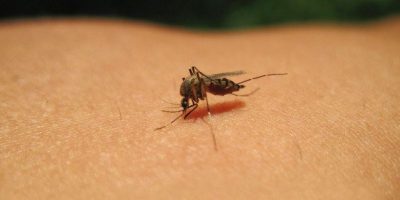That’s just less than 70 years ago.
Luckily, U.S. commitment to a world free of malaria didn’t stop at its borders. The U.S. has been a loyal and effective partner to malaria endemic countries around the world for over a decade, and a principal player in the Roll Back Malaria (RBM) Partnership — the global coordinating mechanism for the response to malaria — since 1998.
In 2005, when momentum was building around the United Nations Millennium Development Goals (MDGs) to rid the world of disease and poverty, the U.S. took stock of the impact malaria was having on already struggling communities — particularly in Africa. Under the leadership of then president George W. Bush, the U.S. President’s Malaria Initiative (PMI) was created to curb the tide on the nearly 200 million cases of malaria then estimated to affect the African continent each year. Ten years later, I’m proud to say it’s done just that.
As budgets have increased and new tools have flooded the market, PMI — in concert with national governments and local partners — has scaled-up life-saving interventions in communities across some of the world’s highest burden countries. It has also expanded its work from 15 to 19 African countries and added a regional program in Southeast Asia. In total, PMI has helped distribute more than 80 million insecticide-treated nets, more than 65 million rapid diagnostic tests (RDTs) and more than 185 million antimalarial treatments to prevent, diagnose and treat malaria, respectively.
As a trained medical doctor from Mali, in West Africa, who has worked in a variety of settings across the continent, I have witnessed first-hand the lasting impact these programs have had.
For the first time, some African nations are on the way to eliminating malaria, and fewer people on the continent are being infected than ever before. This means healthier children, more vibrant economies and stronger, less burdened health systems.
But our success hangs in the balance.
Despite best efforts, malaria continues to cause 198 million cases and 584,000 related deaths around the world each year. The large majority of this burden is felt in sub-Saharan Africa, costing the continent an estimated minimum of U.S. $12 billion in lost productivity each year.
With just months until the MDGs expire and we transition to an increasingly ambitious set of Sustainable Development Goals (SDGs), one thing is certain: We must protect the fragile gains we’ve made against malaria so we can continue advancing progress across the broader development agenda and unlocking potential in communities around the world.
This will require continued political and financial commitment to ensure we are harnessing innovations and developing new tools to stay ahead of an evolving parasite that is already showing signs of resistance to top-line antimalarials and insecticides in certain parts of the world.
Malaria has consistently proven to be a highly cost-effective public health intervention, with small investments yielding high returns across the board. PMI’s work — under the leadership of Rear Admiral Timothy Ziemer — is evidence of that.
This week, PMI’s new 2015-2020 will be launched at the White House in Washington, D.C. In the face of an evolving parasite and a shifting development landscape, I am confident that this sort of refined focus and re-commitment of resources will help us achieve our next set of goals and carry even more countries along the pathway toward elimination.
The road ahead will not be easy, but with continued leadership and wise global health investments, we can increase our chances of delivering on the ambitious promises we’ve made to the people of the world. And hopefully we can look back in another 70 years and proudly list off the many African countries that have also made malaria a thing of the past.

